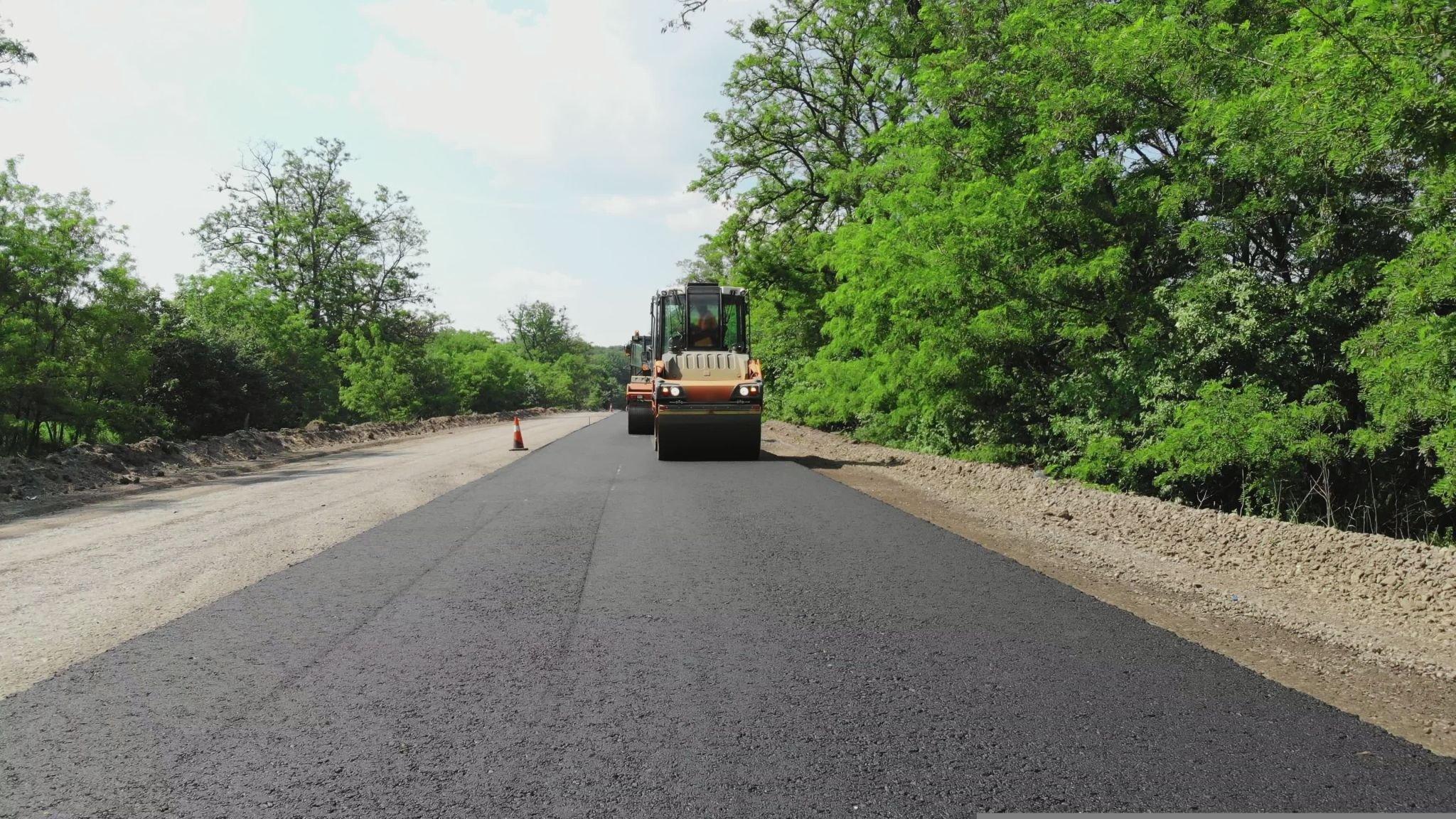Roads are the lifelines of modern societies, connecting people, goods, and services. However, over time, constant traffic, harsh weather conditions, and natural wear and tear can lead to the deterioration of road surfaces. Traditional road repair methods are often expensive and time-consuming, causing disruptions to daily commutes. Enter micro surfacing – an advanced road maintenance technique that has gained popularity for its ability to transform damaged roads efficiently and cost-effectively. In this blog, we will explore the benefits and applications of micro surfacing, and how it is revolutionizing road infrastructure.
Micro surfacing is a pavement preservation technique that involves the application of a mixture of asphalt emulsion, mineral filler, water, and aggregate to repair and protect the road surface. It is often used on roads with moderate surface distresses, such as cracks, ruts, and potholes. The process is relatively quick and can be completed within hours, depending on the size of the project. Micro surfacing forms a thin layer that seals the road, preventing water intrusion and further damage, while also providing a smooth riding surface.
Benefits of Micro Surfacing
- Cost-effectiveness: Micro surfacing is significantly more cost-effective than traditional road repair methods. It requires fewer materials, machinery, and manpower, resulting in reduced overall project costs.
- Time efficiency: Unlike extensive road reconstruction, micro surfacing can be completed quickly, minimizing traffic disruptions and inconvenience to road users.
- Durability: Micro surfacing forms a durable and weather-resistant surface that can withstand heavy traffic loads, extending the lifespan of the road and reducing the need for frequent repairs.
- Versatility: Micro surfacing can be applied to various road surfaces, including highways, residential streets, parking lots, and airport runways, making it a versatile solution for different infrastructure needs.
Micro surfacing is suitable for a wide range of applications, including:
- Preventive Maintenance: By applying micro surfacing to roads in relatively good condition, municipalities can prevent minor issues from escalating into major problems, thus saving costs in the long run.
- Surface Rehabilitation: It is an effective solution for repairing minor cracks, ruts, and oxidation on roads, restoring the surface and improving skid resistance.
- Safety Enhancements: Micro surfacing can be used to add reflective road markings and improve road visibility, enhancing safety for both drivers and pedestrians.
- Aesthetic Improvement: The application of micro surfacing can provide a fresh, uniform, and aesthetically pleasing appearance to worn-out roads, boosting the overall appearance of the surrounding area.
Micro surfacing offers a cost-effective and efficient solution for transforming damaged roads. With its numerous benefits, including cost savings, durability, and versatility, this innovative pavement preservation technique is gaining traction worldwide. By adopting micro surfacing, transportation authorities can revitalize road infrastructure, ensure smoother rides, and improve the overall quality of transportation

